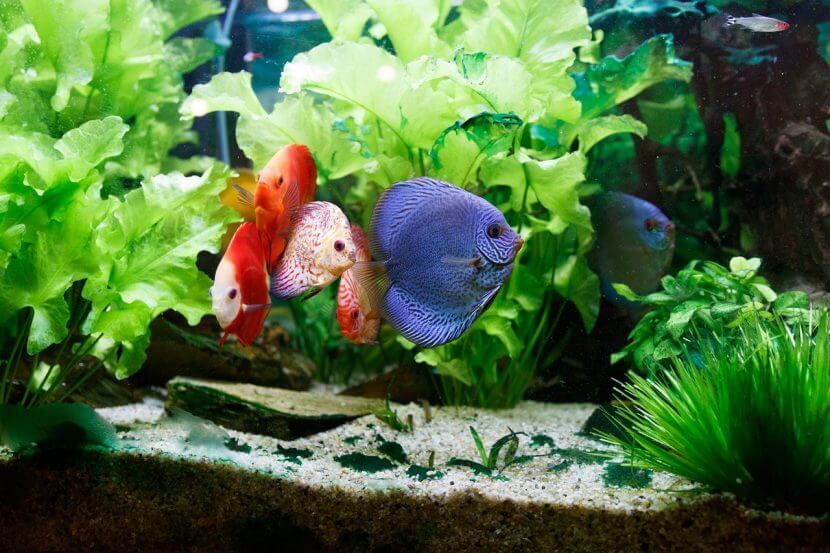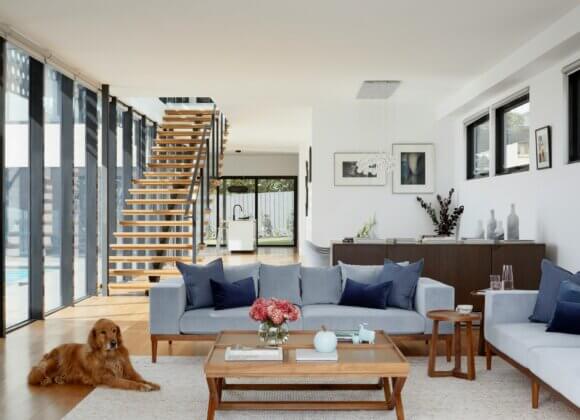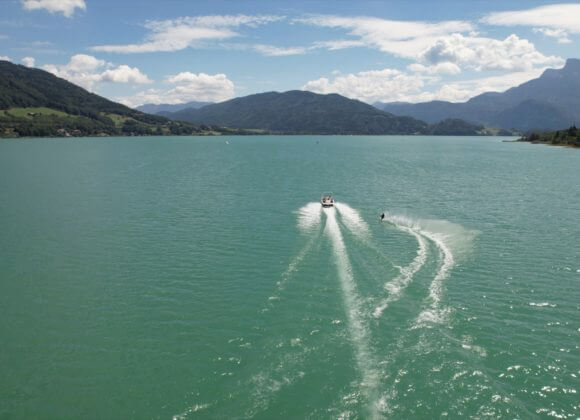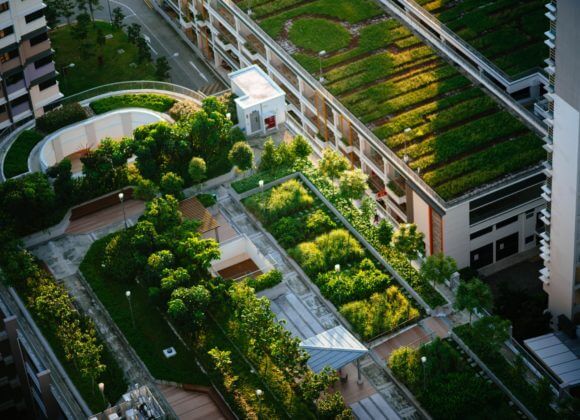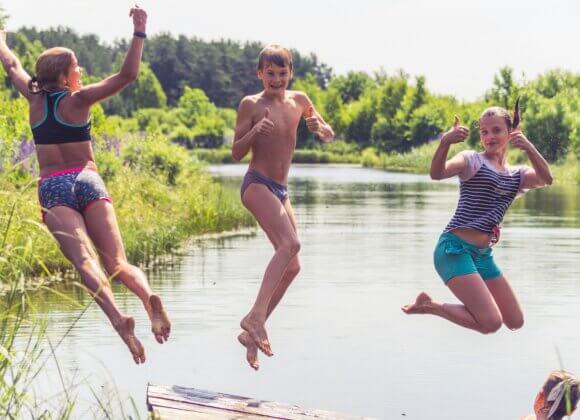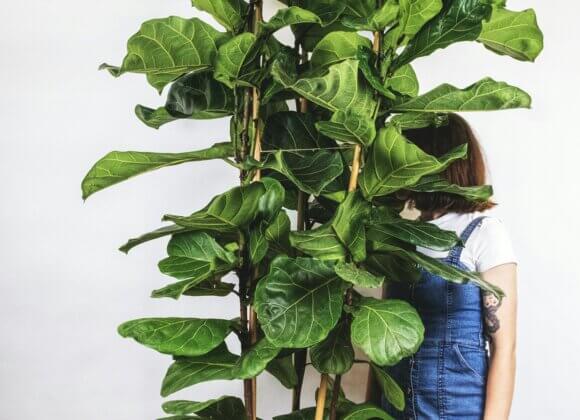The comeback of aquariums
Aquariums are no longer just something for pensioners or children’s rooms – more and more people are discovering the fascinating world of small fish in the water for themselves and creating their own little ecosystem in the living room. But this is no longer just about colorful fish, but also plants, stones and other decorative elements. Do you also have what it takes to become an aquarist? In any case, before you buy, you should ask yourself a few questions.
Stable location
You should avoid exposing the aquarium to direct sunlight. Thus, the water is heated unnecessarily and it leads to increased algae formation. A certain distance from radiators must also be maintained. In addition, in order to properly clean the aquarium and feed the fish, there must be enough space at the top.
The aquarium should be placed horizontally on a vibration-free area to ensure a safe stand. You also need a power supply nearby. Thus, more special shapes – such as a corner or panoramic aquarium – can also be considered.
First and foremost, the base of the aquarium must be able to support the total weight. This includes water, glass tanks, furnishings and technology.
In order to compensate for unevenness, you can put a thin sheet of styrofoam between the basin and the piece of furniture when setting up. This prevents tension and no heat is lost to the bottom.
Not too small, not too big
For a stable living condition of most fish species and for the ecological cycle to function, aquariums from 100 liters are excellent. Maintenance is also limited, as smaller pools require frequent water quality checks and therefore require a bit more attention. So, for beginners, it is recommended to consider an aquarium between 100 and 200 liters. A complete set is also excellent for beginners. Included here are usually a tank, lighting, filter, heater and a suitable base.
The right aquarium
Not every aquarium is suitable for beginners. Beginners should keep their hands off smaller tanks under 100 liters, as they cause more work than large tanks. For larger aquariums of 400 liters or more, some of which weigh more than half a ton, you should first check whether the floor is load-bearing enough. Beware of underfloor heating, they could be a problem. In addition, the size of the aquarium depends on the fish you want to have. Large fish require large aquariums. In small tanks fit only a few species of fish, and of them only a small number. As a beginner, you won’t have a hard time with hardy, easy to keep fish species like guppies, swordtails or mollies. The type of aquarium also plays a role.
The cold water aquarium
The least amount of maintenance causes the cold water aquarium. Not even a heater to regulate the water temperature is necessary. This way you save additional costs. The aquarium inhabitants originate from middle climatic zones. Small goldfish species or cardinal fish are suitable. They are quite insensitive and more adaptable than animals of the warm water aquarium. Disadvantage: visually you have to do without the colorfulness of the warm and tropical habitat.
The warm water aquarium
The advantage of the warm water aquarium is the colorful selection of fish. The water temperature of the aquarium is kept constant with the help of a thermostat and heating rods. Therefore, the purchase is more costly than the cold water aquarium. Compared to this, the maintenance is also more complex, because the water quality and temperature must be checked often to keep the creatures healthy.
The freshwater aquarium
Not only the temperature, but also the type of water can be distinguished. For beginners, an aquarium with warm fresh water is often recommended. Many animals with similar housing conditions live here. Unlike the saltwater aquarium, it can be maintained with much less effort. The water temperature here is usually 24 to 26 degrees.
The seawater aquarium
Colorful corals and a variety of animals – the marine aquarium is a small ocean. But the time that the aquarium needs before the fish come to it, the marine aquarium is more lengthy than the others. The run-in period here can last several weeks.
The nano aquarium
Nano aquarium differs from the others especially in size. They usually have a capacity of 12 to 54 liters. In nano aquariums, you should only keep tiny inhabitants like dwarf shrimp, snails and dwarf crayfish. Fish should not be kept in such a tank. The water needs to be checked much more often here, as malfunctions can occur more often due to the size and small amount of water. Therefore, it is less suitable for beginners.
Planning and shopping
Before buying, you should know which and how many animals you want to put in your aquarium. This is important because you should match the necessary aquarium technology, equipment and tank size to the future inhabitants.
After the questions are clarified, it can go to the shopping. On the shopping list are the things you should get for a successful aquarium life. The fish follow later.
- Basin
- Filter & Aerator
- Lighting incl. Cover
- Substrate & decoration materials (stones, roots, wood, plants)
- Mulm extractor, hose for water change & water care products
- Thermometer & heater
- Chucks & Cheesers
Set up and setup
Once you have everything you need, you can start building. After unpacking the aquarium, you should first fill it with water and clean it with a sponge – without detergents. Also check the silicone joints. When everything fits, empty it and start setting up. Here you are very free – the only important thing is that it provides the creatures with everything they need. Sand or gravel are suitable as substrate, roots, plants and stones as hiding place or structure. Your aquarium is now as good as ready for your little co-inhabitants.
Landlust: Luxury real estate in the countryside
Urban: Luxury properties Vienna Urban
Villa location: Luxury properties Villa location
For ski fans: Luxurious living for ski fans
On the waterfront: luxurious living on the waterfront
Hotel service: Luxurious living with hotel service
Exquisite view: Luxurious living with an exquisite view
For golf fans: Luxurious living for golf fans
Classic elegance: Luxurious living in classic elegance


